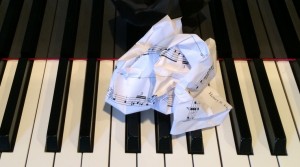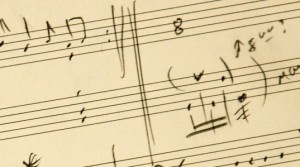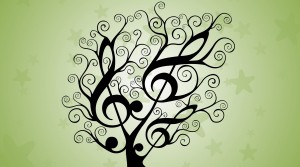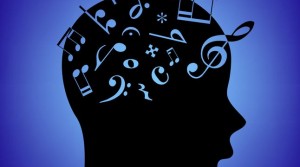I am in week three of my Masters’ of Fine Arts degree in composition with the University of Birmingham’s distance learning program. I just finished my third Skype lesson with composer Dr. Michael Zev Gordon.
In the course of the past 2.5 weeks, I have studied half a dozen or more works by Chopin, Mahler, Debussy, Stravinsky, and Berio – a somewhat varied collection of composers that only promises to grow more eclectic and modern as we move through the program. I also have written three short pieces totaling somewhere between 7 and 8 minutes in length. Even though these works will be revised, and they each are for solo instruments, the productivity is very good when I consider that I am working in new territory, and I usually write at most 30 minutes of music in a year.
So, I was surprised when, in the middle of last week, I experienced some quiet echoes of the self-doubt that had paralyzed me as a composer more than 15 years ago.



